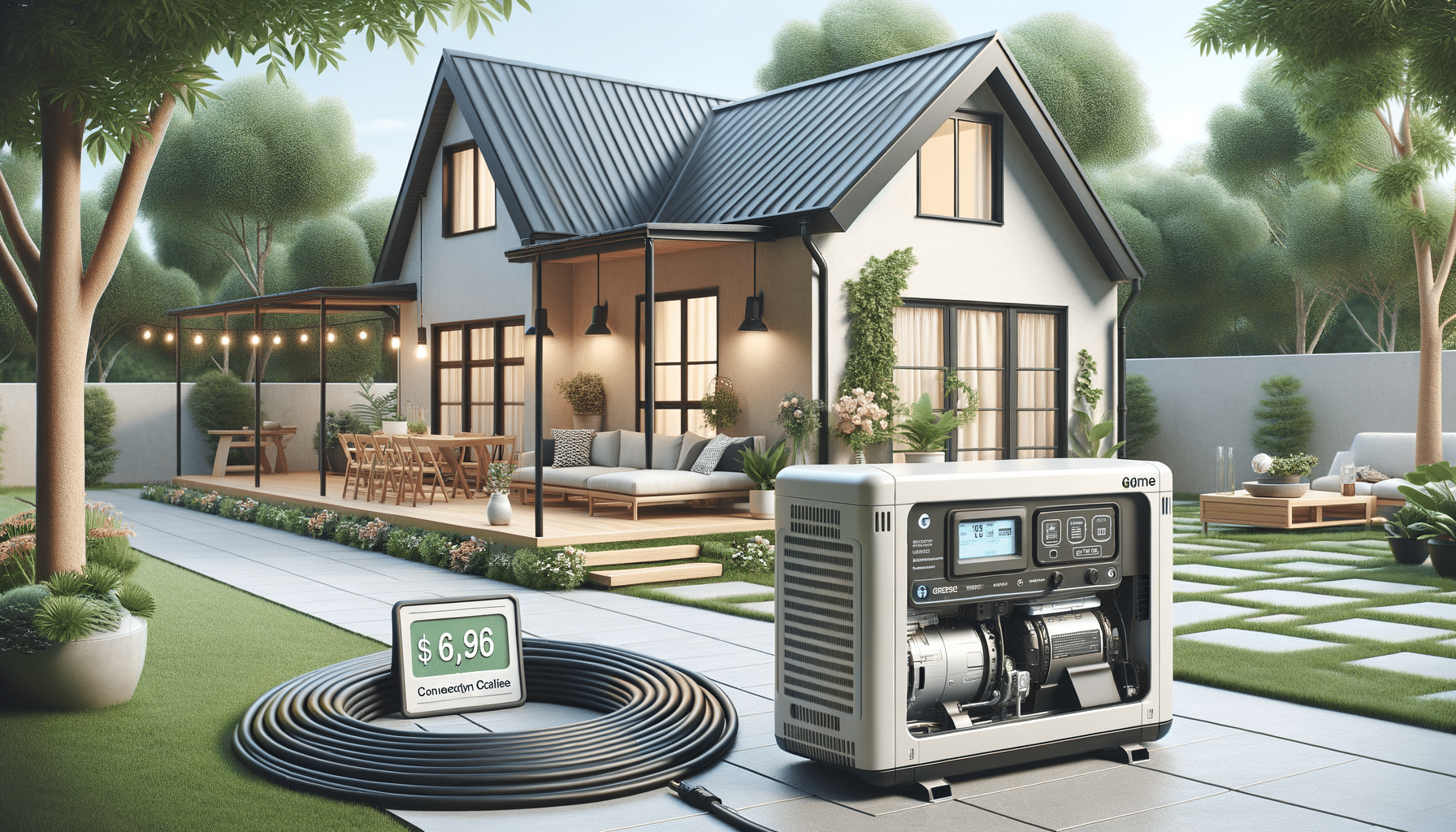
How much does it cost to install a home generator in 2025?
Introduction to Home Generators
In an era where power outages are becoming increasingly frequent due to natural disasters and infrastructure challenges, having a home generator is no longer a luxury but a necessity for many homeowners. Home generators provide a reliable backup power source, ensuring that essential appliances and systems continue to function during an outage. As we approach 2025, the question on many homeowners’ minds is, “How much does it cost to install a home generator?” This article aims to provide a comprehensive breakdown of the cost structure, price range, influencing factors, and potential savings associated with installing a home generator.
Understanding the Cost Structure
The cost of installing a home generator in 2025 can vary significantly based on several factors. The primary components of the cost structure include the price of the generator itself, installation fees, and any additional materials or services required. Typically, the generator’s cost can range from a few hundred to several thousand dollars, depending on the size and power capacity. Installation fees also vary, often influenced by the complexity of the installation process, the location of the home, and the local labor rates. Additional costs might include permits, fuel storage solutions, and ongoing maintenance contracts. Understanding these components is crucial for budgeting and ensuring that there are no unexpected expenses.
Factors Influencing the Price Range
Several factors influence the price range of installing a home generator. One of the most significant factors is the generator’s power capacity, measured in kilowatts (kW). Higher capacity generators, which can power more appliances and systems, generally cost more. The type of generator, whether portable or standby, also affects the price. Standby generators, which automatically activate during a power outage, tend to be more expensive due to their convenience and reliability. Additionally, the brand and model of the generator, the complexity of the installation, and the geographical location can all impact the overall cost. Homeowners should consider these factors carefully to choose a generator that meets their needs and budget.
Installation Process and Considerations
Installing a home generator involves several steps and considerations. Initially, homeowners must determine the appropriate size and type of generator for their needs. This decision often requires consulting with a professional who can assess the home’s power requirements. Once the generator is selected, the installation process begins, which typically includes securing the necessary permits, preparing the installation site, and connecting the generator to the home’s electrical system. Safety is a paramount concern during installation, as improper installation can lead to hazardous situations. Homeowners should ensure that the installation is performed by a qualified professional to guarantee safety and compliance with local regulations.
Cost-Saving Tips and Conclusion
While the initial investment in a home generator can be substantial, there are several ways to save on costs. One approach is to purchase a generator during sales events or off-season periods when prices may be lower. Additionally, homeowners can explore financing options or inquire about potential tax credits or incentives for installing energy-efficient systems. Regular maintenance is essential to extend the lifespan of the generator and avoid costly repairs. In conclusion, installing a home generator is a worthwhile investment for many homeowners, providing peace of mind and security during power outages. By understanding the costs and factors involved, homeowners can make informed decisions and potentially save money in the process.


